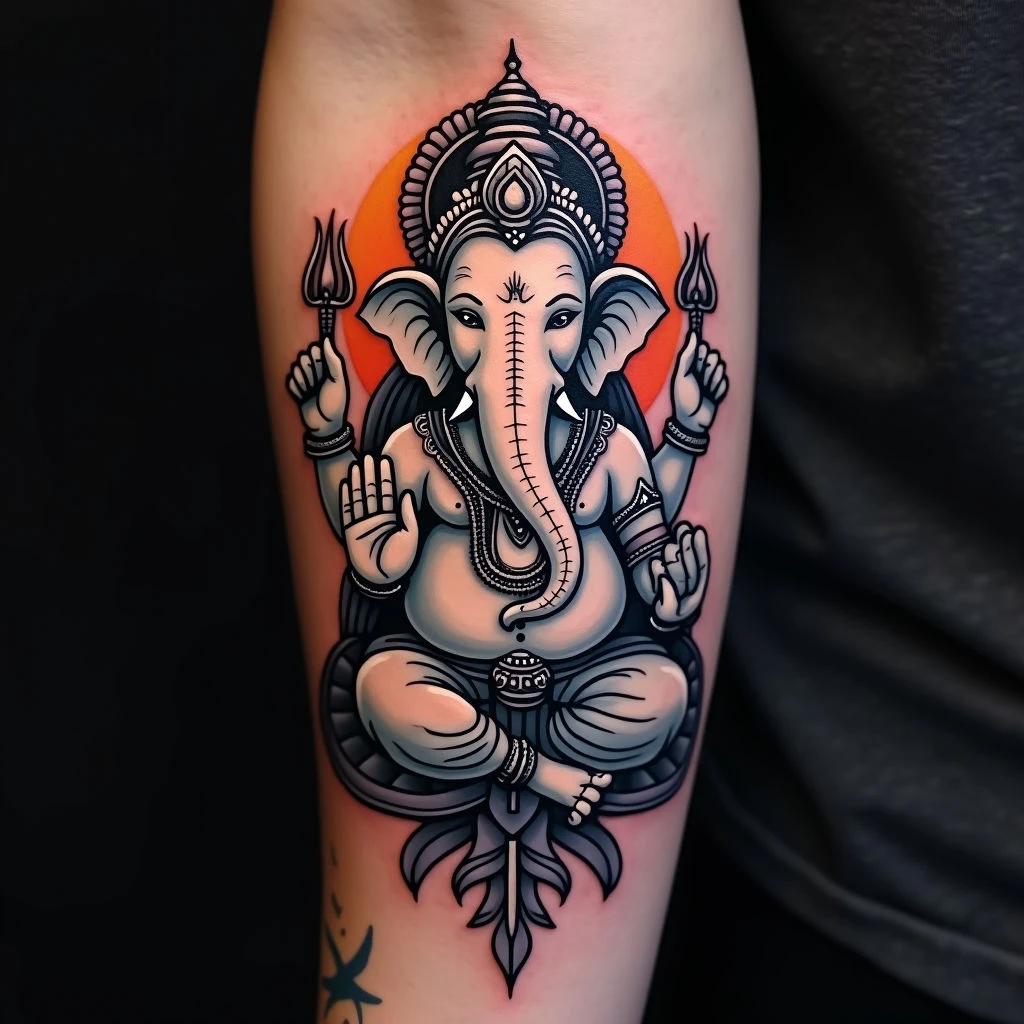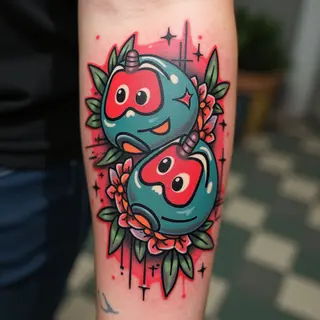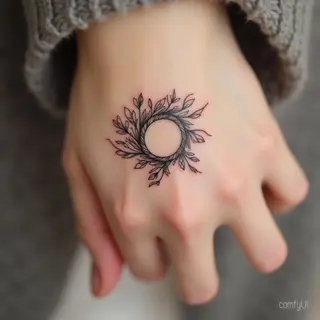Hindu Tattoo Symbolism: Core Meanings & Design Considerations
Hinduism boasts an incredibly vast and vibrant tapestry of symbols, each woven with layers of meaning representing cosmic principles, deities, and spiritual practices. Translating these profound concepts into lasting skin art requires understanding and respect.
Core Symbols & Their Meanings
-
Om (ॐ)
The primordial sound, the essence of creation. Representing the ultimate reality and divine vibration. Often chosen for its meditative qualities.
-
Deities
- Lakshmi: Goddess of prosperity and abundance; often depicted with a lotus flower and elephants. A symbol of good fortune and beauty.
- Ganesha: The remover of obstacles, known for wisdom and auspicious beginnings. His elephant head represents intellect & strength.
- Shiva: The destroyer and transformer; representing both destruction and creation. Often combined with other symbols like the Trishul (trident).
-
Lotus Flower (Padma)
Emerging from muddy waters, it symbolizes purity, enlightenment, and spiritual awakening. A very popular motif for its beauty.
-
Mandala
Represents wholeness and interconnectedness; a complex geometric design often used in meditation.
-
Swastika (卐)
Originally an auspicious symbol representing good fortune & well-being - it's crucial to be aware of the historical context and avoid any misinterpretation. It is now mostly avoided due to its appropriation by hate groups, but understanding its original intent shows a deeper respect for Hindu culture.
Design Considerations
Consider your personal connection to these symbols. A simple, elegant design often carries more weight than an overly complex one. Consult with an artist experienced in Hindu symbolism to ensure accuracy and cultural sensitivity.
UV & Glow-in-Dark Integration (Optional)
Imagine subtle UV inks highlighting the intricate details of a mandala or making the petals of a lotus glow softly under blacklight, adding a layer of ethereal beauty – a true fusion of tradition and innovation.


